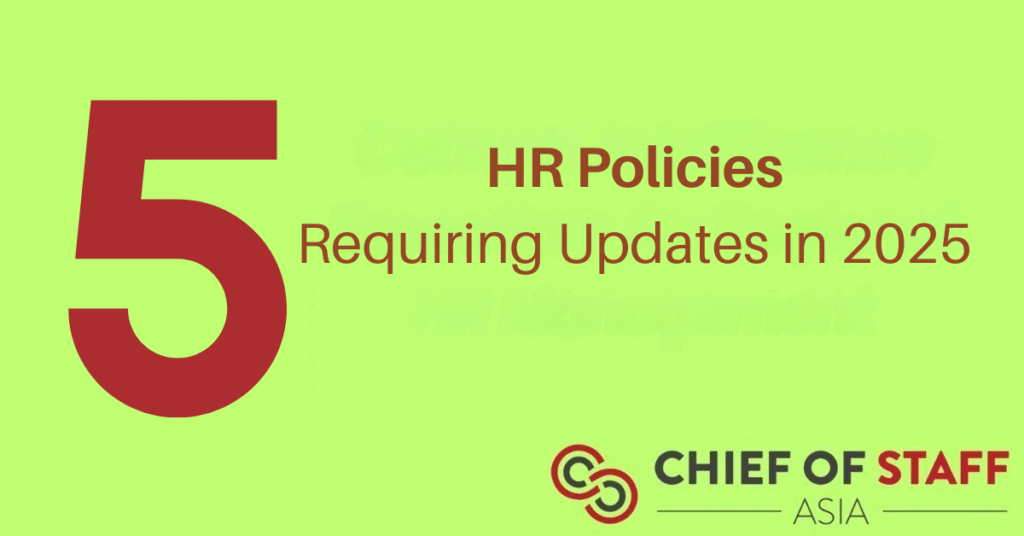In June 2025, escalating conflict and airstrikes between Israel and Iran triggered widespread airspace closures across the Middle East, grounding thousands of flights and severely disrupting global travel. Over 2,000 flights were cancelled or diverted within 10 days, stranding an estimated 50,000 travellers, including 30,000 Israelis unable to return home as Tel Aviv’s Ben Gurion Airport shut indefinitely. Flights through major transit hubs such as Dubai, Doha, and Abu Dhabi were either grounded or rerouted. Airlines including Singapore Airlines, Emirates, Lufthansa, and Air India suspended services or rerouted flights midair, stranding passengers and disrupting business operations across Southeast Asia. OPSGROUP described it as the “biggest disruption to air travel since 9/11.”
As the skies closed, organisations scrambled to locate employees, rebook travel, and manage operational fallout in real time. International SOS handled over 650 assistance cases, including overland evacuations from Israel, route monitoring, and urgent traveller support. With airspace rerouted over Saudi Arabia or the Caspian Sea, flights grew longer and more expensive, raising costs and exhausting resources.
This crisis underscored a brutal truth: Geopolitical shocks are no longer rare or localised. They can paralyse global mobility in hours. Many organisations struggled to trace staff, update plans, or adapt. Travel risk management is no longer a compliance or administrative formality, it must be a core element of strategic planning, with real-time tools, tested contingencies, and decision-ready frameworks.
The Changing Nature of Travel Risk
In 2025, travel continues to resume post-pandemic, but in a world far more volatile. According to the World Economic Forum’s Global Risks Report, state-based armed conflict is now the number one global risk, which is expected to present a material crisis in 2025, up from number
eight in 2024.
Geopolitical instability impacts organisations in four key areas:
- Operational Disruptions: Flight cancellations and airspace closures delay travel, strain supply chains, and inflate costs.
- Employee Safety Risks: Travellers face direct physical danger and emotional stress, especially during evacuations.
- Financial Costs: Emergency responses, rerouting, and lost productivity lead to significant unplanned expenses.
- Reputational Harm: Inadequate crisis response can erode trust with employees, stakeholders, and the public.
Traditional travel risk protocols, including passive tracking, basic approvals, and insurance, are no longer sufficient. What is needed is integrated, intelligence-led risk management, with real-time monitoring, escalation thresholds, and cross-functional crisis teams.
Rethinking Travel Safety Through a Crisis Readiness Lens
International SOS’s white paper Building a Responsive and Effective Crisis Management Programme outlines a three-phase model—before, during, and after a disruption—that can be applied directly to travel safety planning.
Before the crisis, the focus must be on planning, training and scenario-building. Organisations must conduct destination-specific risk assessments, review safety protocols, and establish escalation triggers. Staff should be trained on what to expect and how to respond in volatile regions.
During the crisis, clarity and speed are paramount. The white paper recommends adopting a modular, tiered response structure, such as the Gold-Silver-Bronze model. This approach helps separate strategic leadership (Gold), operational coordination (Silver), and frontline execution (Bronze). Organisations using this approach during the June airspace closure were able to act faster and more confidently than those relying on ad hoc arrangements.
Effective communication is also a cornerstone of the in-crisis phase. Organisations must prioritise internal communications, especially with travelling employees. Delayed updates or vague instructions can increase anxiety. Pre-approved messages, reliable contact channels, and traveller check-ins ensure confidence and control.
After the crisis, the white paper highlights the importance of instant debriefs and longer-term assessments to help organisations capture lessons and refine protocols. Reviewing travel disruptions like the 2025 Israel-Iran crisis enables businesses to strengthen their ability to protect staff and sustain operations. Proactive planning avoids reactive decisions, such as lastminute evacuations or prematurely halting key projects.
Supporting Employees on the Ground
Travellers in unstable regions face not only physical risks but logistical and emotional strain, caused by uncertain routes, closed borders, and minimal support. Organisations must prioritise both safety and wellbeing, creating a culture where employees can raise concerns without fear of stigma and know how to access help.
Employees should be equipped with alternate routes, emergency accommodation plans, and an understanding of local restrictions. Partnering with expert providers bridges gaps. During the June airspace closures, International SOS helped repatriate over 30 Israelis from Athens via a multi-step plan involving Jordanian border access and aviation coordination, showing how expert guidance can deliver swift, safe results.
Post-crisis, mental health support matters too. Even when evacuations are smooth, travellers may return with lingering anxiety. Access to counselling, debriefs, and optional downtime promotes recovery and restores trust in the organisation’s crisis response.
Looking Forward: What Organisations Should Do Now
To ensure readiness for future geopolitical disruptions, organisations should act now to strengthen their travel risk strategies. This includes:
- Update travel policies to reflect new geopolitical realities, including contingency plans and destination-specific advisories
- Establish a cross-functional crisis structure, using the Gold-Silver-Bronze model to define roles and responsibilities
- Invest in real-time intelligence platforms for risk alerts, travel disruption tracking, and actionable insights
- Train staff and line managers on crisis response procedures, communication protocols, and escalation thresholds
- Run crisis simulations, including travel-specific scenarios such as border closures, mass flight cancellations or civil unrest near hotel or office locations
- Review assistance partnerships and insurance, ensuring coverage for high-risk regions and rapid evacuation capability
By embedding these practices into routine operations, businesses can shift from reactive crisis management to strategic readiness. The question is not whether the next crisis will happen, but when, and whether systems and people are prepared to respond.
 About the author
About the author
Bala Selvam is the Regional Security Manager at International SOS, with over 10 years of experience in crisis and physical security management. A former senior officer in the Singapore Armed Forces and Auxiliary Police Force, he leads security initiatives across multinational environments, focusing on risk management and operational safety.









